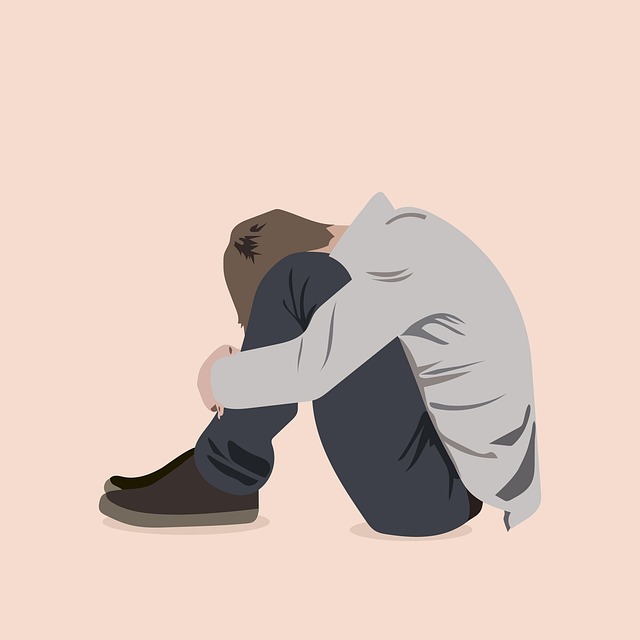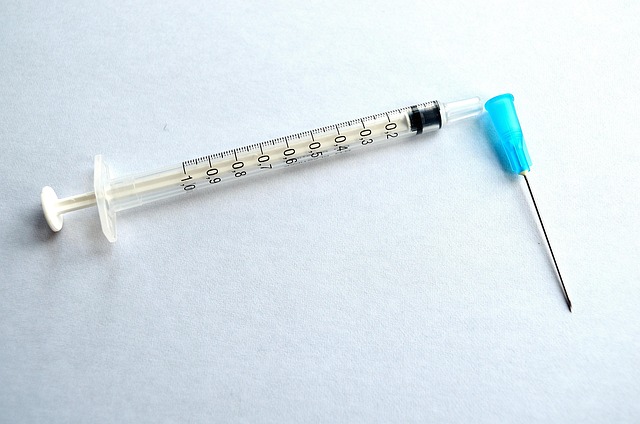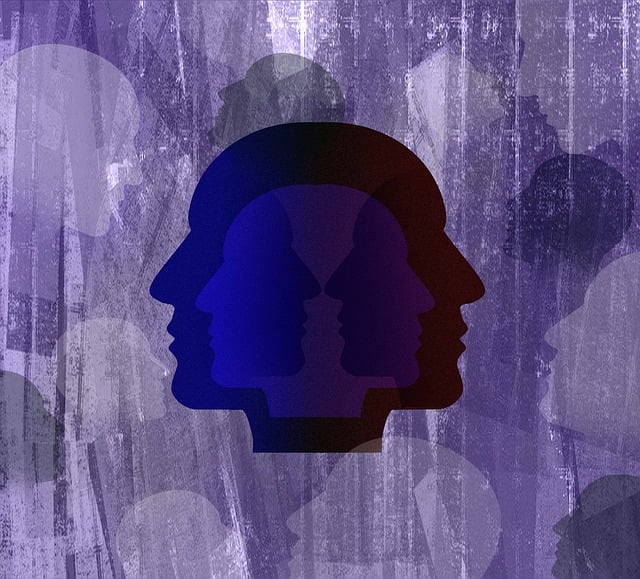While men and women share many common health concerns—such as the importance of a balanced diet, regular exercise, and mental well-being—their biological differences create distinct health needs that require tailored attention. From hormonal fluctuations to varying risk factors for chronic diseases, understanding these differences is essential for promoting optimal health and longevity for both genders. Let’s explore some of the key areas where men’s and women’s health diverge and how they can address their unique needs effectively.
1. Hormonal Differences and Their Impact on Health
Hormones play a central role in shaping the physical, emotional, and reproductive health of men and women. These chemical messengers influence everything from metabolism and mood to fertility and aging.
For Women:
Women experience significant hormonal shifts throughout their lives, primarily driven by estrogen and progesterone. Key milestones include:
- Menstruation: Monthly cycles bring fluctuations in energy levels, mood, and nutritional needs. Iron deficiency is more common in women due to menstrual blood loss.
- Pregnancy and Postpartum: This period demands increased caloric intake, folic acid supplementation, and careful monitoring of maternal health.
- Menopause: The decline in estrogen during menopause increases risks for osteoporosis, cardiovascular disease, and weight gain.
To support hormonal balance, women should prioritize:
- Consuming calcium-rich foods (like dairy or leafy greens) to protect bone density.
- Engaging in strength training to combat muscle loss and improve metabolism.
- Managing stress through mindfulness practices, which can alleviate symptoms of PMS and menopause.
For Men:
Testosterone, the primary male hormone, influences muscle mass, libido, and overall vitality. However, testosterone levels naturally decline with age, leading to potential issues such as reduced energy, decreased muscle strength, and even depression.
To maintain healthy testosterone levels, men should focus on:
- Eating a diet rich in zinc and vitamin D, nutrients crucial for testosterone production. (like eggs, nuts, and fatty fish).
- Prioritizing sleep, as poor rest negatively impacts hormone regulation.
- Avoiding excessive alcohol consumption and smoking, which can further suppress testosterone.
2. Cardiovascular Health: Different Risks, Same Importance
Heart disease remains the leading cause of death globally, but its presentation and risk factors differ between men and women.
For Women:
- Women tend to develop heart disease later in life compared to men, largely due to protective effects of estrogen before menopause.
- Symptoms of heart attacks in women often differ from the classic “chest pain” experienced by men. Instead, women may experience nausea, shortness of breath, fatigue, or jaw pain.
- Conditions like high blood pressure and diabetes pose greater risks to women’s hearts than men’s.
Preventive measures for women include:
- Regular screenings for cholesterol, blood pressure, and blood sugar.
- Incorporating heart-healthy foods like omega-3-rich fish, whole grains, and vegetables into their diets.
- Staying physically active to reduce the risk of hypertension and obesity.
For Men:
- Men are at higher risk of developing heart disease earlier in life compared to women.
- They are also more prone to lifestyle-related risk factors such as smoking, excessive alcohol use, and sedentary behavior.
Men can safeguard their cardiovascular health by:
- Scheduling routine check-ups to monitor cholesterol and blood pressure.
- Limiting processed foods and saturated fats while increasing fiber intake.
- Finding enjoyable forms of exercise, such as team sports or cycling, to stay active consistently.
3. Mental Health: Breaking the Silence
Mental health challenges affect both men and women, but societal norms and biological factors shape how these issues manifest and are addressed.
For Women:
- Women are statistically more likely to experience anxiety and depression, partly due to hormonal fluctuations and societal pressures.
- Postpartum depression affects approximately 1 in 7 new mothers, highlighting the need for accessible mental health support during and after pregnancy.
- Women are generally more open about seeking help, which can be beneficial but sometimes leads to overdiagnosis or mismanagement.
Strategies for supporting women’s mental health include:
- Encouraging open conversations about mental health without stigma.
- Practicing self-care routines like journaling, yoga, or therapy sessions.
- Building strong social networks to foster emotional resilience.
For Men:
- Men face higher rates of suicide and substance abuse, yet they are less likely to seek professional help due to cultural expectations around masculinity.
- Depression in men may present differently, with symptoms like irritability, anger, or reckless behavior rather than sadness.
To improve men’s mental health outcomes:
- Normalize discussions about emotions and vulnerability among male peers.
- Promote workplace wellness programs that encourage mental health days and counseling services.
- Encourage hobbies and activities that provide stress relief, such as outdoor adventures or creative pursuits.
4. Reproductive Health: Gender-Specific Considerations
Reproductive health is another area where men and women have vastly different needs.
For Women:
- Regular gynecological exams, including Pap smears and mammograms, are critical for early detection of cervical and breast cancers.
- Contraception choices and family planning require personalized guidance based on individual health goals.
- Conditions like polycystic ovary syndrome (PCOS) and endometriosis disproportionately impact women and necessitate specialized care.
Women can take proactive steps by:
- Educating themselves about reproductive health and advocating for comprehensive care.
- Tracking menstrual cycles to identify irregularities early.
- Discussing fertility options with healthcare providers if planning for children.
For Men:
- Prostate cancer is a major concern for older men, underscoring the importance of regular screenings starting at age 50 (or earlier for those with a family history).
- Erectile dysfunction (ED) can signal underlying cardiovascular problems and should not be ignored.
- Low sperm count and infertility may arise from lifestyle factors like poor diet, lack of exercise, or environmental toxins.
Men can protect their reproductive health by:
- Maintaining a healthy weight and avoiding tobacco products.
- Wearing protective gear during contact sports or hazardous work to prevent testicular injury.
- Seeking medical advice promptly for any concerning symptoms.
5. Aging Gracefully: Tailored Approaches
As men and women age, their bodies undergo unique changes that warrant specific interventions.
For Women:
- Bone density decreases rapidly post-menopause, making fractures a significant concern.
- Cognitive decline, including Alzheimer’s disease, affects women more frequently than men.
To age gracefully, women should:
- Focus on weight-bearing exercises like walking or resistance training to strengthen bones.
- Engage in mentally stimulating activities like puzzles or learning new skills to preserve cognitive function.
For Men:
- Muscle loss (sarcopenia) accelerates with age, impacting mobility and independence.
- Benign prostatic hyperplasia (BPH), or enlarged prostate, becomes increasingly common.
Men can age well by:
- Incorporating protein-rich meals to support muscle maintenance.
- Staying hydrated and avoiding bladder irritants like caffeine to manage urinary symptoms.









